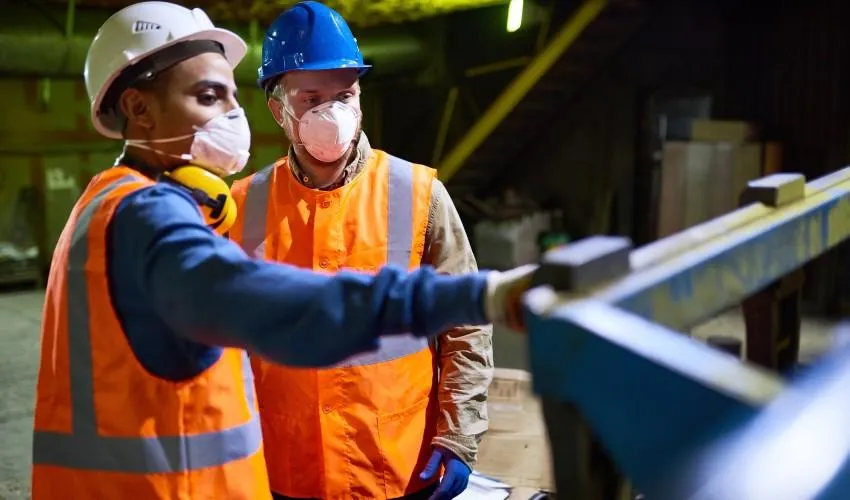
COVID Makes Us Unequal in the Labor Market
We are not equal before COVID. An analysis by Vincenzo Galasso shows that during the Italian lockdown the least educated individuals, blue collars and low income workers have suffered the worst consequences in terms of impossibility to work, loss of income, deteriorating expectations and psychological stress. The study was conducted within the COVID Crisis Lab and an international project that includes 12 countries (REPEAT - REpresentations, PErceptions and ATtitudes on the COVID-19).
In the paper published in the CEPR's COVID Economics series, Galasso, Full Professor at Bocconi Department of Social and Political Sciences, exploits the results of two surveys carried out three and six weeks after the start of the lockdown on a sample of 1,000 people each.
Three weeks after the lockdown, the Italian labor market was the most affected by the crisis: 47% of the employed people had stopped working, 35% did so from home and 18% from the workplace. Although the timing of the epidemic spread affects the figures, around the same date 23% of Germans, 28% of French and 32% of British people had stopped working.
Six weeks after the lockdown, the situation had slightly improved. The percentage of inactive people had fallen to 34%, with an increase in both those working from home (41%) and from the workplace (25%). However, 34% of individuals reported a decrease in monthly income and 36% said they were pessimistic about the future.
The study shows above all that the cost of the pandemic is disproportionately borne by the already weaker segments of the labor market. Highly educated and high-income individuals are over-represented among those who were able to continue working from home, while blue collars who continued to work did so from the workplace, thus exposing themselves to an increased risk of contagion. It was mainly low-income service workers who stopped working altogether.
The overall improvement between the two surveys masks an exacerbation of disparities, that doubled in three weeks. Only privileged workers benefited from the improvement.
Blue collar and low income service workers were also the most pessimistic about the future and the most opposed to the lockdown policy. Young people were more pessimistic than older people, with pensioners showing the relatively higher degree of optimism, due to the absence of any prospect of loss of income. In general, approval for the lockdown decreases between the two surveys, from around 75% to less than 50%. Approval for the government (around 55%) and the premier (around 40%), on the other hand, remains constant and follows the political orientation of respondents.
Vincenzo Galasso, "Labour Market Inequalities", in COVID Economics, Issue 19, pp. 241-255.